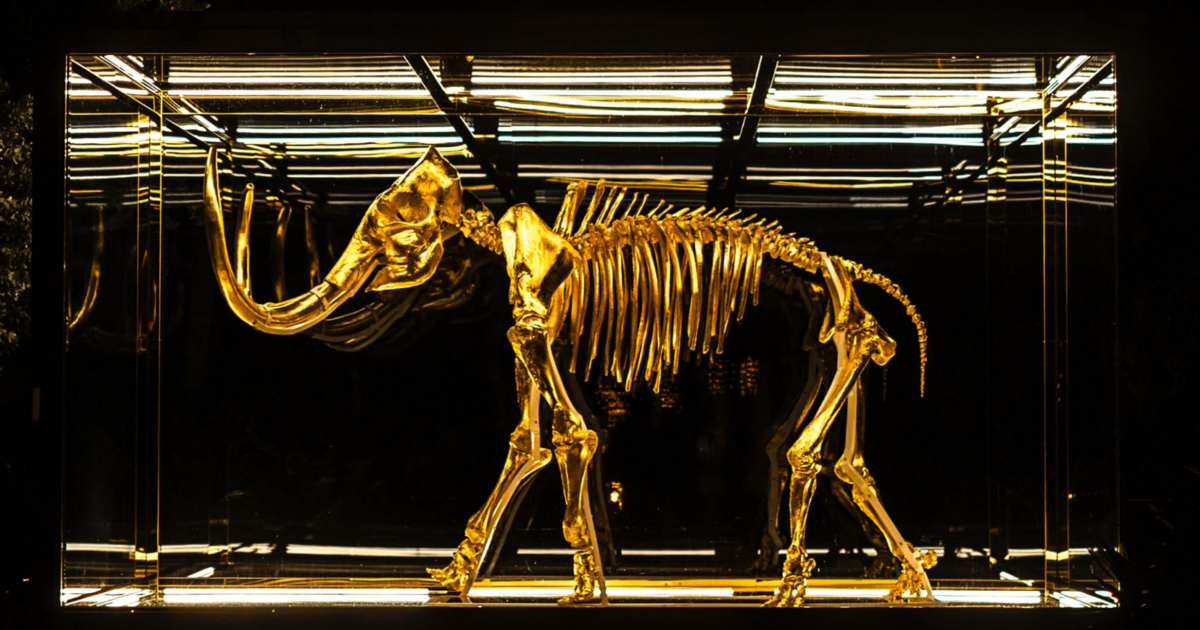Recherches récentes
Options de recherche

Administré par :
Statistiques du serveur :
586comptes actifs
mastouille.fr: À propos · Annuaire des profils · Politique de confidentialité
Mastodon: À propos · Télécharger l’application · Raccourcis clavier · Voir le code source · v4.3.4
#handbook
If you want to know more, here is the link to our thread introducing Birgit Tremml-Werner's #handbook article. (2/2)
@earlymodern @womenknowhistory @historikerinnen @histodons
Today, we want to introduce you to one of our editors: @LenaOetzel She just completed her habilitation on the #WestphalianPeaceCongress and is now preparing the book for publication, so stay tuned!
For the #handbook, she summarises her extensive expertise on #earlymodern #peace #congresses as spheres of #diplomacy in an article. (2/6)
#Forthcoming 2025
#Estonia’s #eResidency:
Redefining #Citizenship by Connection
@ElgarPublishing #Handbook
#DigitalCitizenship
https://www.tandfonline.com/doi/full/10.1080/13621025.2021.2012312
#eDiaspora #DigitalNomadism @HanHemen
https://www.tandfonline.com/doi/full/10.1080/14747731.2023.2271216
#DisruptiveTechnologies
https://www.sciencedirect.com/science/article/pii/S0016328723001623
@digigeolab @digitalhumanities @DigitalTrends @anthropology @economics @politicalscience @politicaltheory @geography @sociology
@histodons @historikerinnen @earlymodern
What is interesting about his career, is that he served both the Emperor and the elector of Mayence at different times. It was his experience in Imperial affairs, which he had acquired not least at the #PeaceCongressOfWestphalia, that made him especially valuable as an #emdiplomat. In fact, at the Reichsdeputationstag he met other diplomats who had also been in Westphalia. The issue of community-building between #emdiplomats, especially between those within the #HRR is another topic that needs more research.
If you want to learn more not only about Cratz von Scharffenstein, but about #emdiplomacy within the #HRR we can recommend the #handbook article by our editor @dorotheegoetze: (3/3)
@histodons @historikerinnen @earlymodern
Such accounts as Mehmed Said’s Sefaretname are important #emdiplomacysSources, especially for all interested in process of cultural transfer, as they help to counter the Eurocentric perspective of #diplomaticHistory.
If you want to learn more about Mehmed Said’s travel to Sweden we recommend the study of Joachim Östlund Vid världens ände (in Swedish)
https://nordicacademicpress.se/product/vid-varldens-ande/
If you don’t read Swedish, you can have a look at Östlund’s #handbook article, where he gives you a few glimpses to Mehmed Said’s accounts. (3/3)
https://doi.org/10.1515/9783110672008-039
Mastodon est le meilleur moyen de suivre ce qui se passe.
Suivez n'importe qui à travers le fédivers et affichez tout dans un ordre chronologique. Ni algorithmes, ni publicités, ni appâts à clics en perspective.
Créer un compteSe connecter